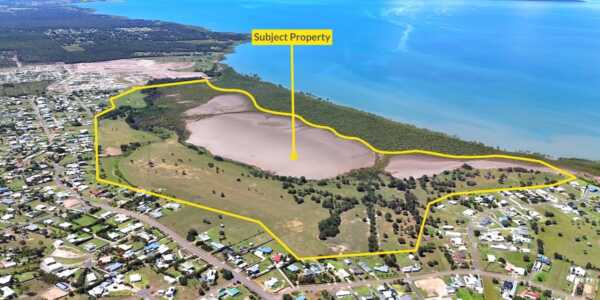
Australia is heading for a major data centre shortfall, with national vacancy on track to be absorbed in less than two years.
New analysis from Colliers, based on DC Byte data, shows total occupancy has grown 40-fold over the past two decades, from just 37 MW in 2005 to a projected 1,315 MW in 2025.
Two-thirds of that expansion has come in the past five years, driven by the pandemic, remote work and the rapid rise of artificial intelligence.
Facilities designed for AI workloads have seen demand increase nearly 27 times since 2020.
Jordan Pangallo, Colliers Senior Manager of Research, said the sector’s growth is linked to unprecedented data consumption and the urgent need for local storage.
“Australians are among the most digitally connected populations globally, with household data usage increasing eightfold over the past decade and projected to double again by 2029,” he said.
“Combined with Australia’s world-class connectivity, geopolitical stability, and mature data centre ecosystem, these dynamics present a compelling opportunity for institutional investors, making it the favoured real-estate sector for 2025.”
Demand has outpaced new supply for two consecutive years, driving national vacancy rates to historic lows.
Melbourne’s vacancy now sits at just 4%, which is among the tightest globally.
In early 2023, it would have taken more than eight years to absorb available stock. By the first quarter of 2025, that timeframe had collapsed to just four months.
At current rates of absorption, all remaining vacant stock across Australia would be filled in just one year and seven months. In 2021, the same process would have taken more than three years.
“This tightening is not a temporary fluctuation,” Mr Pangallo said. “Data centre demand is being fuelled by the exponential growth of AI, cloud computing, and digital services, which are now foundational to everyday life.”
For investors and developers, these conditions are pushing up land values and intensifying competition for infrastructure-ready sites.
While Sydney remains a core market, Melbourne and Brisbane are emerging as the most dynamic hubs.
Melbourne, forecast to become Australia’s largest city by 2032, already has 97% of its under-construction pipeline pre-committed. At current absorption rates, its longer-term committed pipeline could be exhausted within eight years.
Brisbane, home to 20% of Australia’s population, accounted for 29% of national population growth in the year to December 2024, accelerating demand for localised infrastructure.
“Melbourne and Brisbane are emerging as key growth centres in Australia’s data centre market due to a combination of demographic, economic, and planning advantages,” Mr Pangallo said.
Mr Pangallo warned the imbalance between demand and supply was not a short-term spike but a structural shift.
“Despite a national pipeline of 8,181 MW in committed and early-stage projects, only 25% is considered viable for near-term delivery,” he said.
He cited high upfront costs, complex infrastructure requirements, and slow regulatory processes as ongoing hurdles.
“Encouragingly, state planning agencies are beginning to respond,” he said.
In NSW, the newly established Investment Delivery Authority, modelled on the successful Housing Delivery Authority, aims to reduce red tape, fast-track major non-residential projects, and unlock productivity.
“This initiative is expected to play a pivotal role in removing infrastructure bottlenecks, accelerating delivery timelines, and ensuring that capital investment for data centres remains anchored in Australia,” he said.
The long-term outlook for Australia’s data centre market is strong but constrained, according to Mr Pangallo.
“Demand is expected to continue outpacing supply, driven by relentless growth in data consumption, AI workloads, cloud adoption, and the strategic push for local data storage and data sovereignty,” he said.
“Unlike traditional asset classes, data centre demand shows no signs of cyclical decline, making it one of the most resilient and future-proof sectors in the property market.”
Record low vacancy rates are likely to tighten further across all major markets.
Mr Pangallo warned that unless infrastructure bottlenecks around power, water, and planning are addressed, supply could shift to regional and outer-core markets.
However, he expects most development to remain concentrated near major population hubs to meet performance requirements.
“With strong fundamentals and increasing policy support, Australia is well-positioned to remain a preferred destination for digital infrastructure investment over the long term,” he said.
Similar Content
Load more Articles








